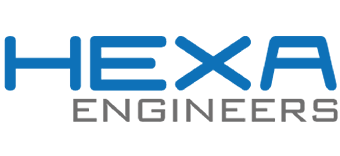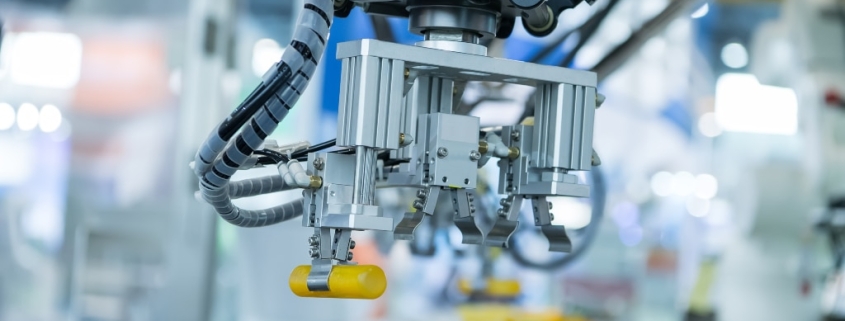What are the landmarks that show that a factory needs to adopt industrial automation
Over the past two decades, automation has revolutionized manufacturing across all industries. We have factories of all sizes using more and more robots to perform routine tasks with greater efficiency and quality, and there is no longer a single owner or manager in any factory who has not repeatedly heard about the benefits of automation with respect to increase in productivity, acceleration of production cycles or reduction of waste.
Also, thanks to steadily declining costs for robots, it has never been more within reach of industrial companies to get serious about cutting-edge automation.
How to know when you’re really ready for automation
While the many benefits of automation may be obvious, it is not uncommon for it to not always be easy to know if a factory is ready to begin the transformation that the path to automation entails.
The change to automation requires facing an investment in new technologies and in order to start down this new path, it is important to assess the state of the business before betting on an investment that will radically change the way the factory operates.
Therefore, to help you when thinking about this important decision, at HEXA we offer a series of unequivocal signs that indicate when an industrial business has a production plant ready to undertake its automation.
Workers carry out risky tasks unnecessarily
No matter what type of industry or business it is, security is the first thing to consider. A large number of repetitive and dangerous manual tasks previously carried out by factory workers can now be safely automated using industrial robots.
If a factory potentially exposes workers to the risk of injury, it is recommended that the start of the automation process not be delayed. In this way, the plant will become a safer environment and will allow employees to be trained to contribute greater value in performances that are much more attractive and valuable for the company.
Increased production needed to meet demand
Not being able to meet demand can put the business at a huge disadvantage compared to competitors that already enjoy high degrees of automation. This is further exacerbated by the fact that there is a significant shortage of skilled labor in industry today, and skilled robotics workers are really hard to find on the market.
Industrial robots and cobots are empowered to take on needed and unavailable skills and give factories the added benefit of 24/7 production.

Plant cannot keep up with product mix change requests
Frequent product mix changes typically require significant lead time for factory workers to learn new product requirements, change factory processes, and ensure consistent quality measures are in place.
To compete effectively in the global marketplace, it is critical that companies be able to quickly innovate and adapt to outperform the competition, and this is achieved much more easily with the help of industrial robots. Using simple robotic programming, production operators can reprogram and retrain robots in minutes, with no coding required, to learn new product requirements and ship new product mixes.
Quality is affected by increases in volumes
If a manufacturing plant tries to satisfy the increases in demand without automation, it is normal for the quality of the product to drop due to the pressures to which the workers are subjected. Also, without robotic automation, compliance standards often required by large production contracts are often not met.
The factory floor is getting smaller
Manufacturing plants have limited production space for all of their activities. But by introducing industrial automation, the space needed for production can be reduced, freeing up some of it for other operations. The entire production line can be optimized as work areas are reduced and reallocated to incremental activities.
If a manufacturing plant has limited or scarce factory space, it may be because the potential for business growth was initially underestimated, something that is resolved by investing in automation.
Need to reduce costs by reducing waste
Despite imposing high standards on material use, manual production processes can result in inaccurate use of expensive materials, where production waste could have been managed more efficiently.
With automation, robots can be precisely programmed to ensure that all production materials are used to their full capacity with minimal waste.
Feel ready for automation
Deciding to transform the factory through automation can be complex, but the results suggest that it is worth crossing that river. As the manufacturing floor continues to review its readiness for automation, the present and future potential benefits of industrial robots need to be considered. In addition to solving current factory problems, the adoption of industrial automation can propel companies into new global markets that would otherwise have been unattainable, which can greatly help grow the business in the long run.









